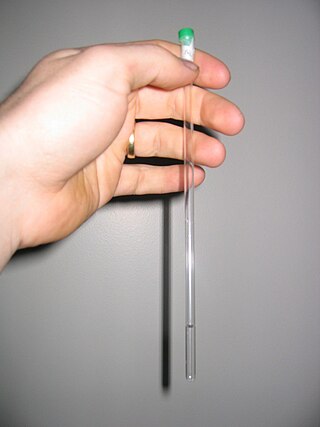Top Qs
Timeline
Chat
Perspective
Solvent suppression
From Wikipedia, the free encyclopedia
Remove ads
Solvent suppression is any technique in nuclear magnetic resonance spectroscopy (NMR) to decrease undesired signal from a sample's solvent.[1]

Introduction
In liquid-state NMR spectroscopy, the sample to be studied is dissolved in a solvent. Typically, the concentration of the solvent is much higher than the concentration of the solutes of interest. The signal from the solvent can overwhelm that of the solute, and the NMR instrument may not collect any meaningful data. Solvent suppression techniques are particularly important in protein NMR where the solvent often includes H2O as well as D2O.[2]
Remove ads
References
Wikiwand - on
Seamless Wikipedia browsing. On steroids.
Remove ads
